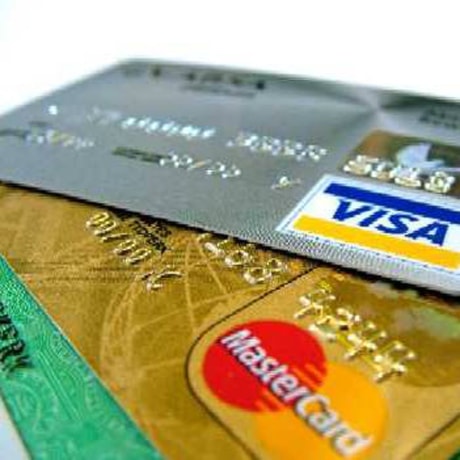Debit and credit cards should be treated like prized valuables that are guarded from greedy criminals, an RCMP investigator says.
Sgt. Glen Demmon, northwest region counterfeit co-ordinator with Calgary’s Commercial Crime Section, spoke to about 20 members of the Red Deer Chamber of Commerce on Thursday regarding debit and credit card crimes, and counterfeiting of cash.
“You wouldn’t leave valuables — rings, jewelry — sitting unattended out in the open,” said Demmon after addressing the group. “So don’t do the same with your credit card.”
Demmon said it’s perfectly OK for consumers to accompany their credit card when it’s time to pay a restaurant bill. Restaurant staff shouldn’t be offended by this because it’s becoming more common, he added.
Businesses should also treat their PIN pad as a valuable asset so, again, don’t leave it out in the open and even after store hours. Staff should be checking serial numbers of that pad during cash-in and cash-out.
“Don’t assume just because you’ve invested in hardware to anchor it down, that it can’t be compromised,” Demmon said.
Thieves have been known to take a store pad at the end of store hours. They replace it with a similar-looking pad that may have been stolen from somewhere else. They then return the store’s pad after tampering with it.
Demmon also spoke about a recent report by the Criminal Intelligence Service of Canada suggesting that police and the public are struggling to keep up with white-collar crime.
“Law enforcement agencies have rules placed upon them by the public. Criminals don’t have any rules,” Demmon said. “One of the ways we can keep ahead is through education.”
Education is key when it comes to counterfeit crime, he said.
He referred to how a number of businesses are advertising they won’t accept $100 bills in order to avoid fake cash.
“The consequence of advertising that you’re refusing $100s really ends up being an advertisement to the counterfeiter to at least come and try some other denomination,” Demmon said. “It’s not going to stop you from being victimized . . . you should be comfortable with all the bills.”
Predominantly $20 bills are counterfeited, Demmon added.
The Bank of Canada has a number of security features on its bank notes. For instance, each bill has a portrait on the front. This portrait is repeated in the ghost image.
Marc Trudel, a Bank of Canada analyst from Calgary, said a new series of bank notes will be issued next year that will incorporate additional security features.
The new bills will also be made with a polymer material that will last longer than the cotton paper.
The hope is that with each change, counterfeiting becomes more difficult.
“Counterfeiting costs everyone,” said Trudel. “Our main thing is education . . . in a perfect world, we would like all Canadians to check all their bills all the time because if everybody did, counterfeiters wouldn’t produce them.”
Tim Creedon, executive director of the Red Deer Chamber of Commerce, said it’s important to increase awareness about white-collar crime that can impact the community.
“The more people are aware of what to look for, the less anxiety they have,” Creedon said.
ltester@www.reddeeradvocate.com
